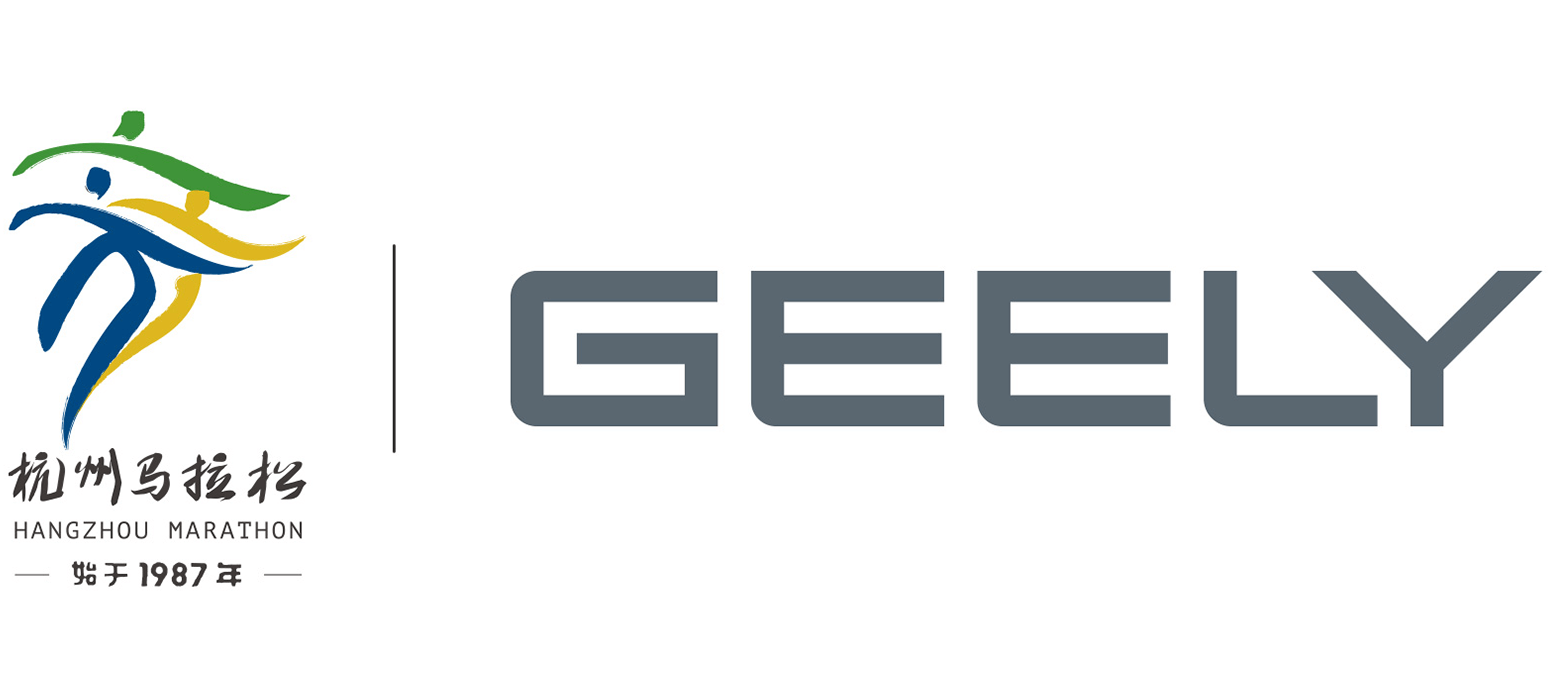When the ergonomics department at CEVT lacked physical prototypes, they turned to VR and managed to complete a full pilot review in just a few weeks, find out how.
“We started this together with the VR department due lack of physical prototypes in one of our projects. In just a few weeks, with very limited resources, we were able to conduct a full pilot review, giving us much more than a similar study in CATIA would give. We now have a base to continue using VR as a tool and hopefully make it a permanent part of the development process, not only for ergonomics but also for other areas”, says Johannes Vigmo, Attribute Leader at the Ergonomics Department at CEVT.
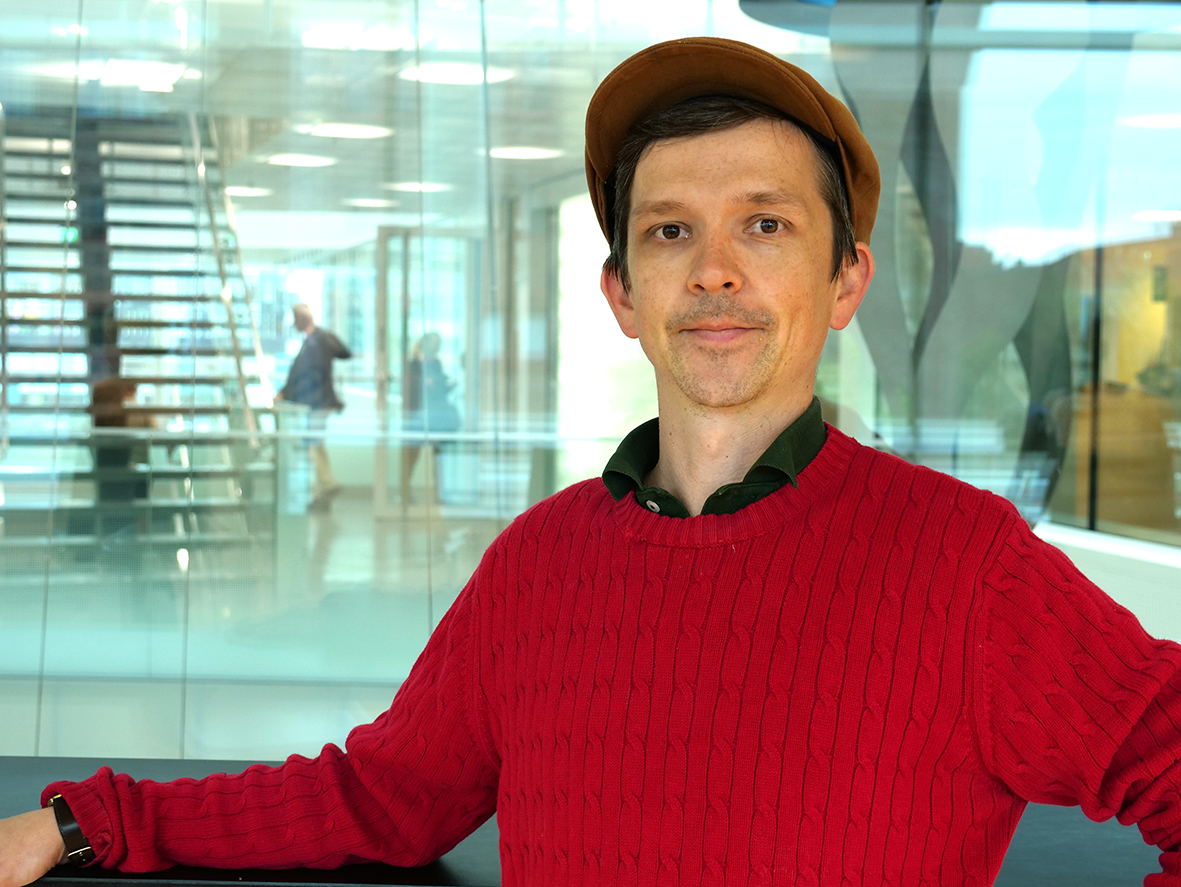
He works in the Ergonomics Attribute Team within the Customer attributes department, who are responsible for the physical user experience in the cars. Ergonomics consists of three attribute areas: Daily life usage, Ergonomic accommodation and Visibility.
“We are responsible for around 900 requirements from all areas of the car. One part of what we do is to evaluate and verify the cars both virtually and physically from the customers perspective, from concept to finished product. Apart from working in all our platform and tophat projects we are also trying to develop our attribute to work more efficiently. One part of this has been to start using VR as an evaluation tool”, says Johannes.
One big challenge he says is the evaluation of cars in early stages, where we don’t have any physical parts and this is also when a lot of the base features, like for example the roominess of the cars is decided. Previously we have been using full scale models of the car to be able to evaluate our requirements he explains but says that this is expensive and not very flexible. With VR we have taken a big step to a more flexible, time and cost-effective way of evaluating the cars, especially for early stages.
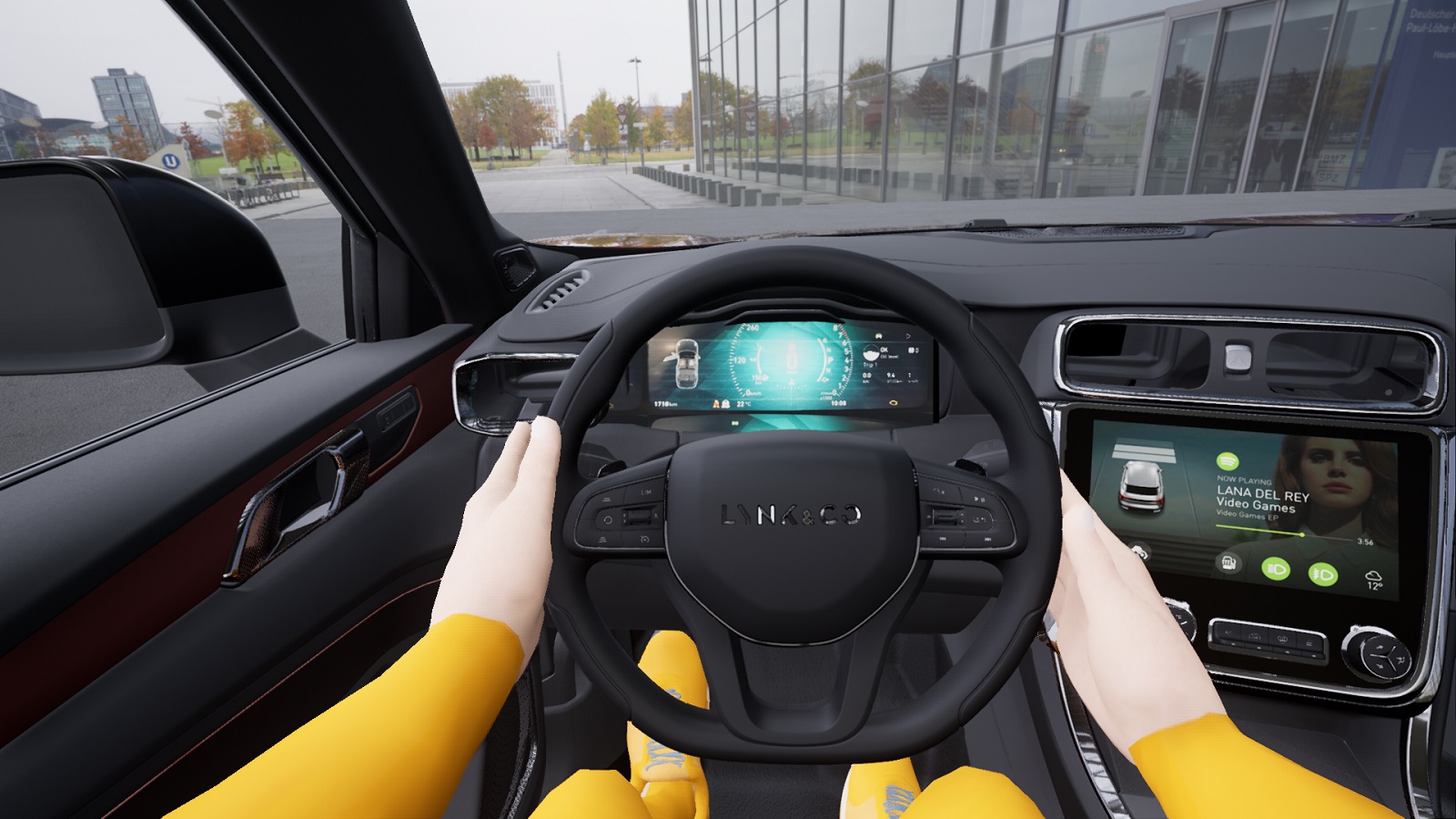
“We have started to implement VR in our project process and in our daily work. It gives us the possibility to evaluate our requirements earlier and set better and more balanced requirements, decreasing the risk for costly physical prototypes and late changes. Using VR gives us a first-hand view of the car already from first design releases. In the future we will also be able to compare to competitors for both complete car and system areas”, says Johannes.
The greatest challenge he says has been to get the technology to work and decide on what equipment suits us best. There has been a lot of testing and tweaking to find a way to get proper motion tracking in VR. It is also hard to find time to develop new methods for VR, in parallel with all the projects we run. Another big challenge is to make people trust VR says Johannes.
“Since you don’t have the physical boundaries like in a real car, we need to learn how to increase trust in the virtual reality. So far, we have learned that we will need some physical hard points, like steering wheel and pedals. From an ergonomics perspective there are also some areas where we still see a need for physical prototypes. For example, when it comes to areas where forces play a part. There are research and innovation being done to incorporate forces and tactile feedback in VR, but for the moment we have not found any good solutions for this”.
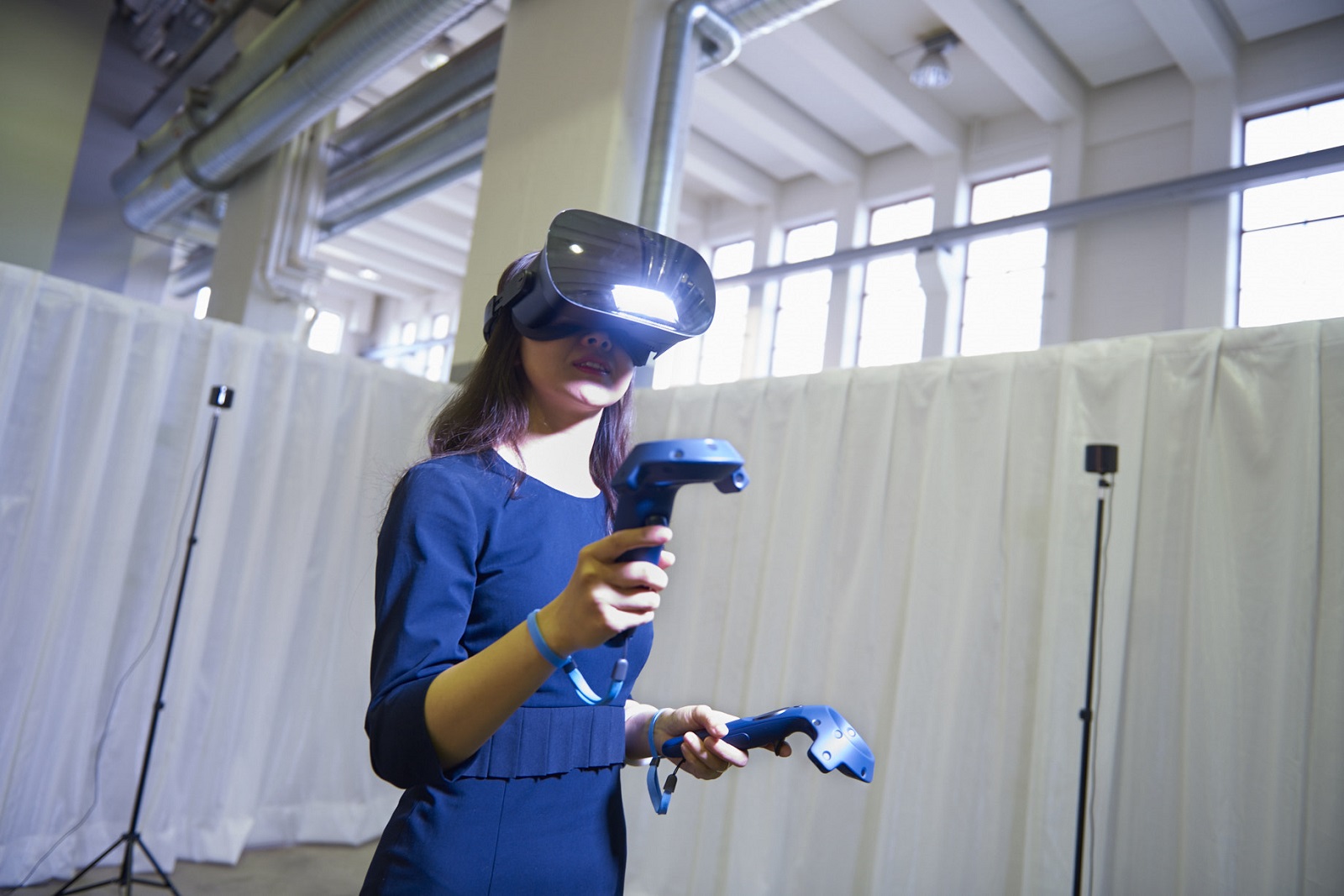
He continues:
“VR is a great opportunity to save time and money for verification in the projects. Today we spend a lot of money on full prototype models which are not flexible and also requires a certain grade of maturity. Hopefully we will also be able to use it as a benchmarking tool in the future. Using scans of competitor cars and comparing to early models of our own projects. At the same time VR is a good way to visualize design and engineering issues and ideas for easier decision-making”.
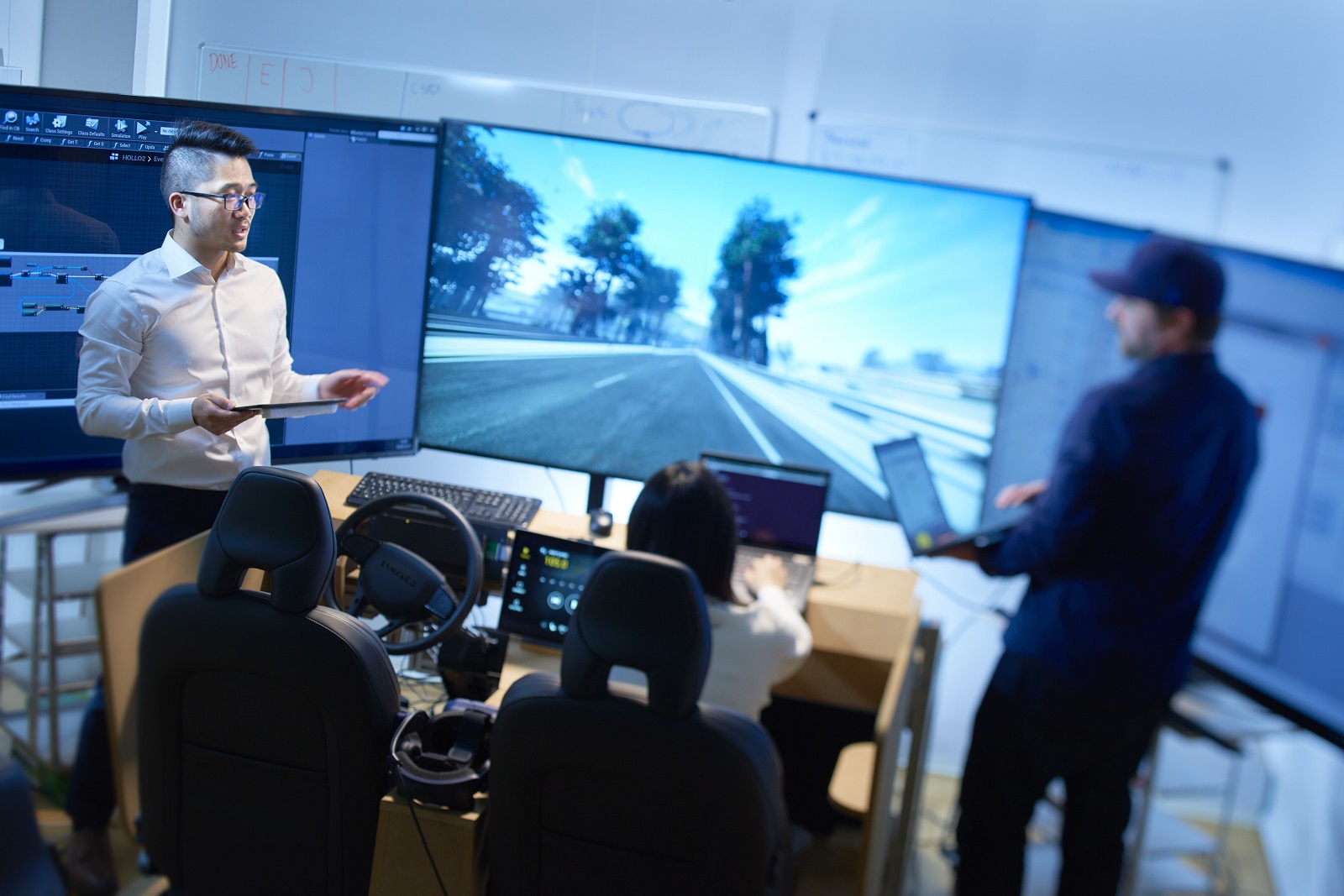
The ergonomics team have already started the next step for “Ergonomics in VR”, where they are now focusing on giving the user a possibility to drive the car in VR, in order to evaluate our driving related requirements. The plan and hope is also to create a flexible VR buck that can give us some of the physical boundaries that we would require to take this even further. The hope for the future says Johannes, is that they would also like to see VR reviews to become a standard part of our NPDS development process.
“With VR we will be able to evaluate a lot of our requirements earlier, cheaper and in a more flexible way”, Johannes concludes.


